Helping a child with social anxiety doesn’t mean turning them into the most confident kid in the room.

The most important thing is to notice the small things that help them feel safer in the world, and make those part of everyday life. These kids don’t need to be pushed or “fixed”; they need room to be understood, and tiny shifts in their environment can go a long way. These daily adjustments aren’t loud or flashy, but they can help kids start to feel more in control and less overwhelmed.
1. Give them a heads-up before social situations.

Even when the event is something they enjoy, a last-minute change can completely throw them off. Kids with social anxiety often need time to mentally prepare, rehearse what might happen, and figure out what their role will be. Dropping them into an unexpected crowd or conversation can send their nervous system into overdrive before anything even starts.
Letting them know what to expect—who’s coming, how long you’ll be there, what it might feel like—helps them build a sense of safety. It’s not about over-explaining. A little, “Just so you know, we’ll pop into the shop and might see a few people from school” is enough to help them feel less blindsided.
2. Let them opt out without drama.
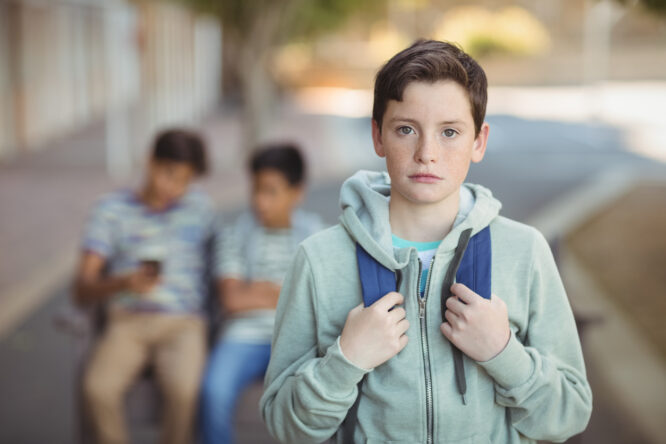
When a child says, “I don’t want to,” it’s easy to push back out of habit. However, kids with social anxiety aren’t always being defiant—they’re overwhelmed. Making participation the only acceptable outcome adds even more pressure to something that already feels impossible to them.
If you respond with calm understanding instead of frustration, you give them permission to listen to their body. That helps them develop emotional safety, not shame. The goal isn’t to push them through everything; it’s to help them regulate enough to come back on their own terms.
3. Practise small social skills in safe places.

You don’t need to sit them down for a formal “social lesson.” In fact, that often makes things worse. Instead, work things into everyday routines. Have them practise saying “thank you” when you hand them something, or pretend to order food while you’re playing kitchen together.
Small repetitions build familiarity, and when kids feel safe practising with you, they’re more likely to try it out with other people. The goal isn’t perfect delivery; it’s helping them feel like they have a few tools when real-life moments come up.
4. Offer them simple scripts they can use.

When kids freeze, it’s often because they genuinely don’t know what to say. Social anxiety makes even casual conversation feel like a test, and the fear of getting it wrong can lead to total shutdown.
Giving them a few “go-to” phrases helps bridge the gap. Things like “I’m not sure yet” or “I need a minute” can make them feel more prepared. You can brainstorm these together during calm moments, so they have something to lean on when they’re under pressure.
5. Let them rehearse out loud.

Before a new situation, practise with them. If they’re going to a birthday party, you might ask, “Want to practise what to say when you walk in?” Drilling or correcting aren’t the point here. You just want to let the words feel a little more familiar.
For anxious kids, it’s never just the event—it’s the hundred possible unknowns. Giving them a few small pieces of certainty helps bring the emotional temperature down. When their body feels less threatened, they can show up more fully.
6. Avoid calling them shy in front of other people.
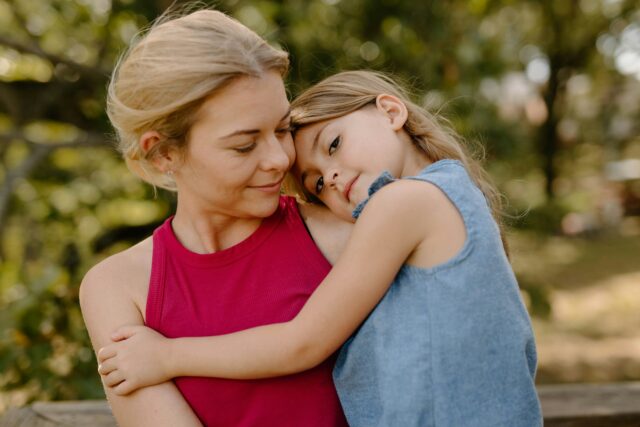
Even when it’s meant kindly, labelling a child as “shy” in front of other people can feel like being put under a spotlight. It reinforces the idea that they’re expected to be different, and that there’s something wrong with the way they naturally are. Instead, try saying, “They’re just taking it in right now,” or “They like to get a feel for the room first.” These responses affirm their pace without turning it into a flaw. They feel seen, not singled out.
7. Give them real choices in social moments.
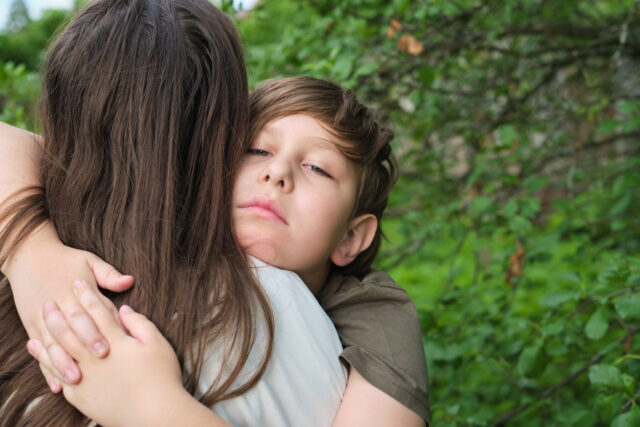
Social anxiety often stems from a fear of losing control. Giving them choices, even little ones, can help return some of that power. Let them choose how to greet someone, where to sit, or when they’re ready to join in. It doesn’t mean giving them full control of the environment. It just means giving them control of their role within it. And when they get to decide how they show up, it builds both trust and confidence.
8. Show them how to step away without guilt.
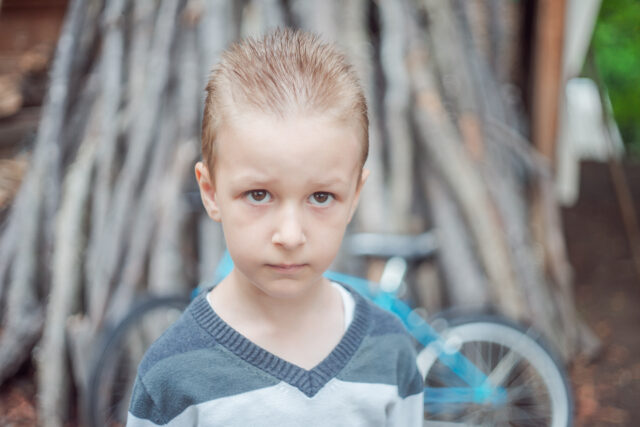
Sometimes kids stay too long in situations that are draining because they don’t know how to leave without causing a scene. Teaching them how to take a break—politely, calmly—gives them a way to protect their boundaries. You might suggest phrases like “I just need some quiet time” or “Can I take a few minutes?” When stepping away feels normal, not shameful, they’re more likely to self-regulate instead of shutting down completely.
9. Praise the effort, not the outcome.
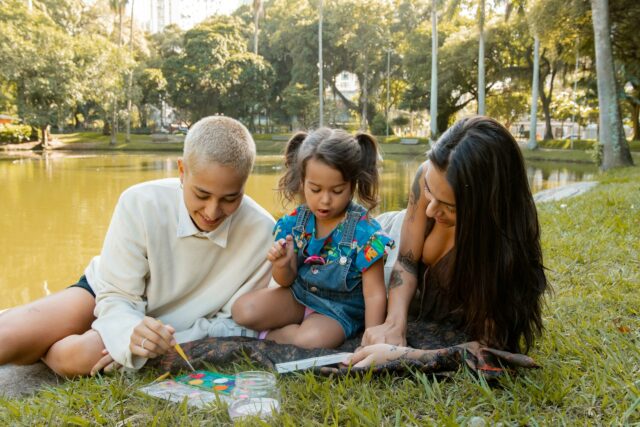 Source: Unsplash
Source: Unsplash What looks like a tiny step from the outside—a wave, a brief hello—might feel massive inside. Instead of praising results like “You spoke so clearly!” focus on the bravery it took to try: “That was a hard thing to do, and you gave it a go.” When kids see that effort matters more than performance, they start to take more risks. They stop fearing failure because they know they’re being valued for showing up, not for doing it perfectly.
10. Build quiet breaks into busy spaces.
 Source: Unsplash
Source: Unsplash Birthday parties, school events, or big family meals can feel like sensory chaos. Having a designated “reset zone” gives your child somewhere to breathe when it all feels too much. Even a quiet room, a bathroom with headphones, or five minutes in the car can bring their system back to a manageable state. Knowing they can step out if needed gives them more confidence to step in in the first place.
11. Talk about the hard moments afterwards, not during.
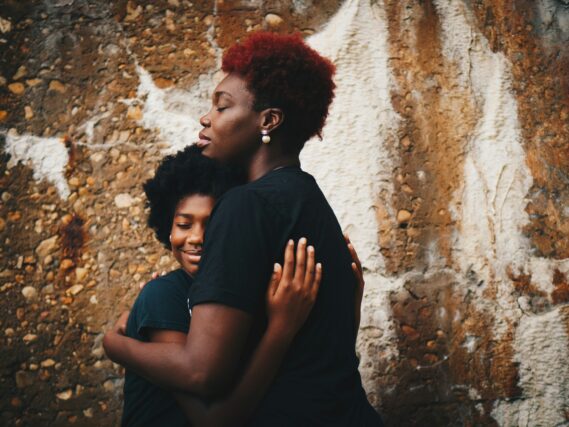 Source: Unsplash
Source: Unsplash Trying to coach or reassure during an anxious meltdown often backfires. Their system is in survival mode—they can’t absorb logic or comfort in that state. What they need first is calm, not correction. When things settle, you can reflect gently: “That part seemed really overwhelming. Want to tell me about it?” It keeps the conversation open without piling on judgement or pressure.
12. Affirm their experience without trying to fix it.
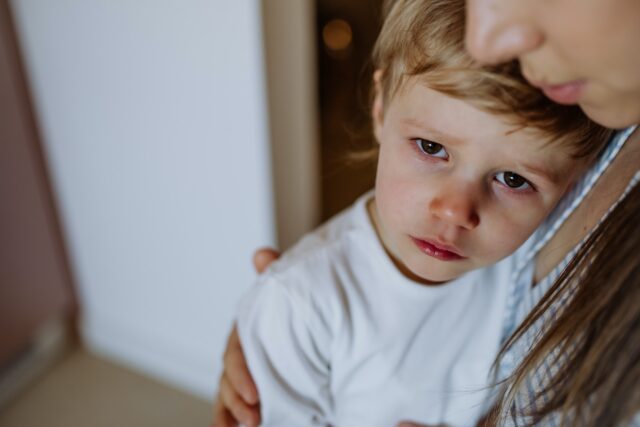 Source: Unsplash
Source: Unsplash It’s tempting to say things like “It’ll be fine” or “There’s nothing to be nervous about”—but to a child with social anxiety, that can feel dismissive. It tells them their feelings are wrong or overblown. Instead, meet them where they are. Try saying, “Yeah, that part felt tricky, didn’t it?” or “That makes sense—new places can be a lot.” When they feel understood, they don’t need to fight to be taken seriously, and that’s what helps them soften.




